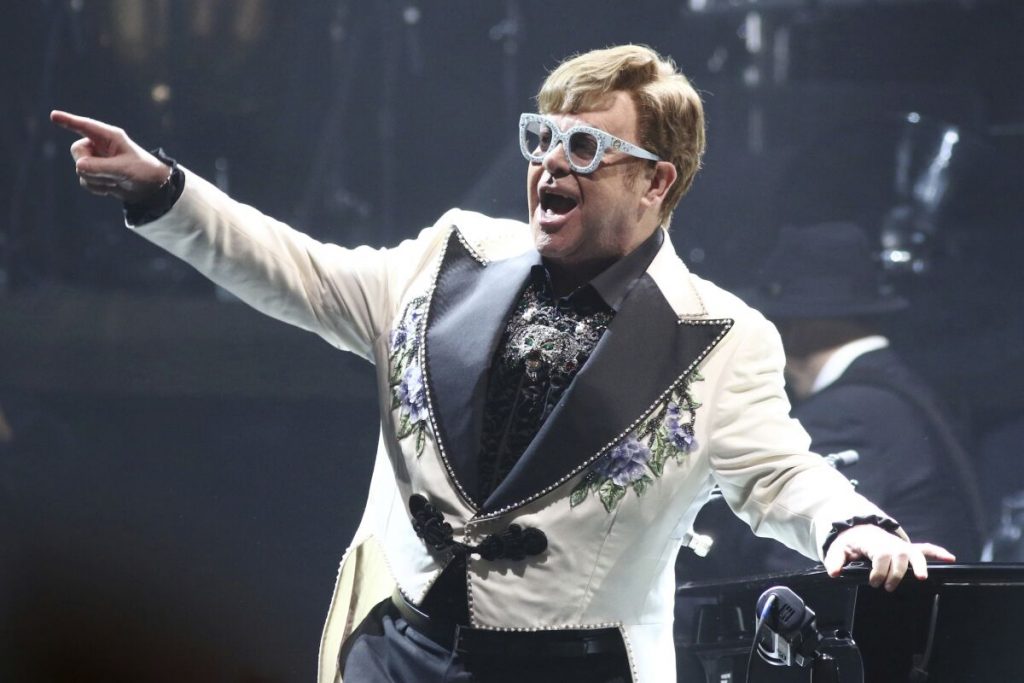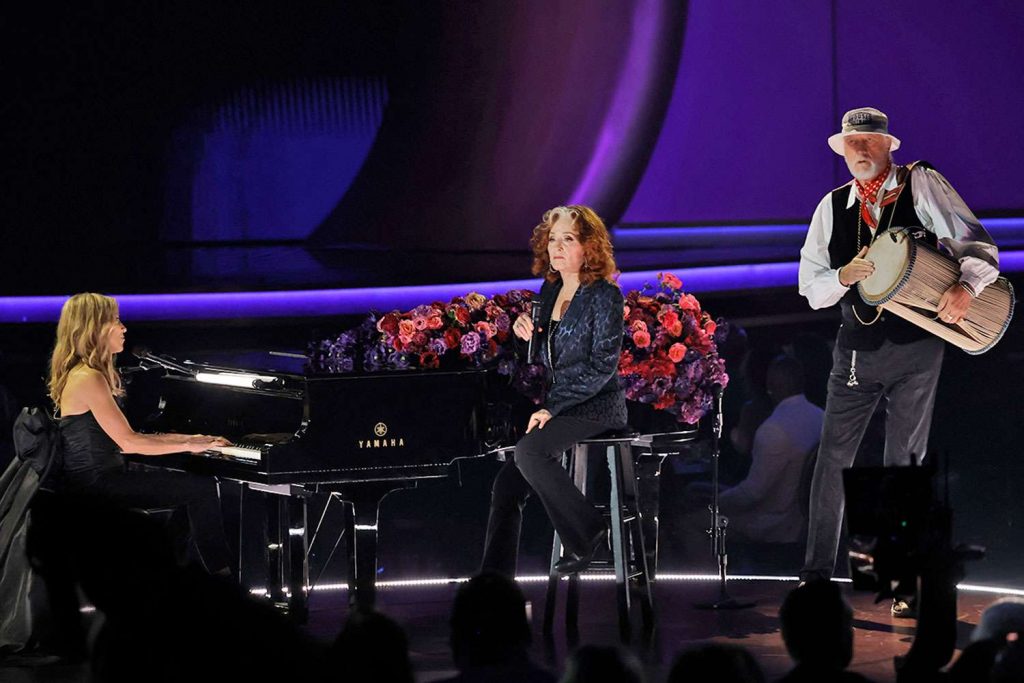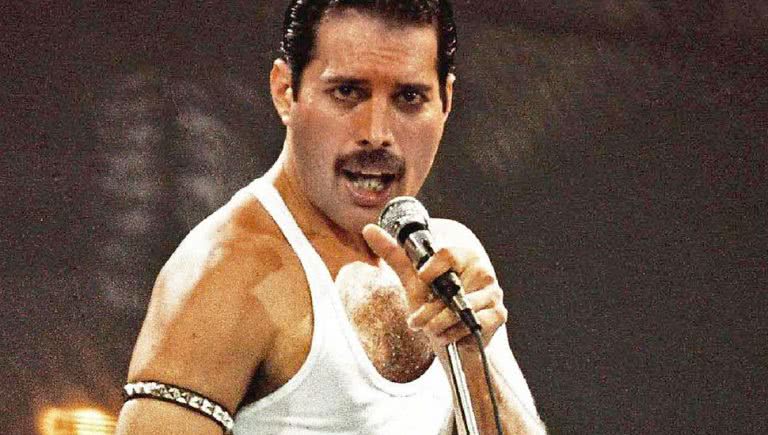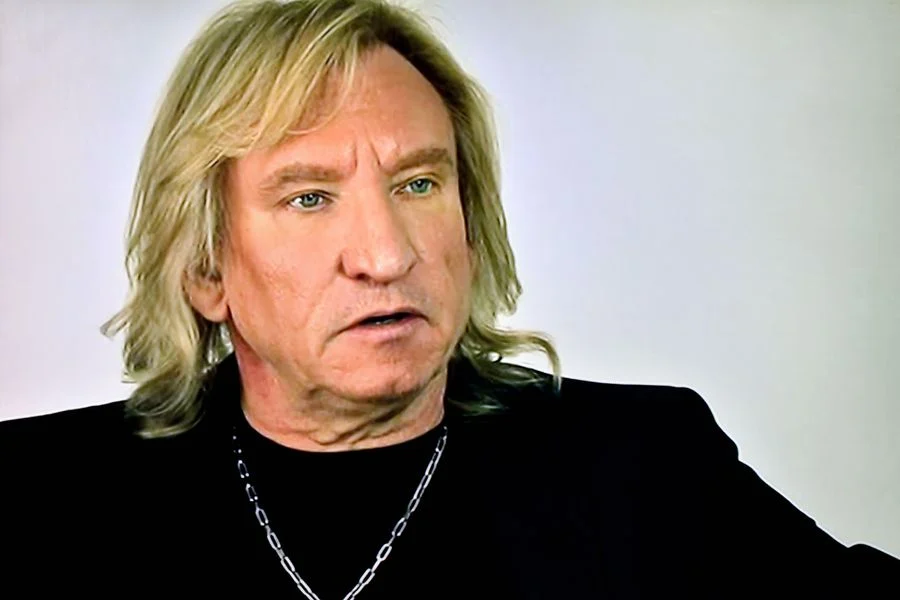In a performance that felt like the merging of two galaxies, Lady Gaga and Elton John delivered a breathtaking rendition of “ARTPOP” that left audiences in awe and critics grasping for words. When the Mother Monster joined forces with the Rocket Man, it wasn’t just a performance—it was a bold declaration of what pop music can be when it’s elevated to fine art.
Their collaboration wasn’t just about music—it was a clash of eras, styles, and spirits. Gaga, known for her genre-defying innovation, and Elton, the legendary pioneer of glam and piano-driven rock, brought together decades of pop history in one powerful moment. On stage, Gaga’s theatrical vocals and futuristic style intertwined seamlessly with Elton’s timeless voice and iconic piano, making the performance feel like a bridge between generations.
“ARTPOP,” Gaga’s misunderstood and underrated masterpiece, was reimagined with fresh emotional depth in this performance. Elton’s presence added a soulful gravity to the track, transforming its avant-garde electronic roots into something raw, beautiful, and oddly spiritual. Together, they peeled back the song’s complex layers—its commentary on fame, identity, and art—and revealed its human core.
What stood out most was the chemistry between the two icons. Their mutual admiration and shared passion for breaking musical boundaries lit up the stage. For fans of Gaga, it was a moment of vindication—proof that ARTPOP, once overlooked, was always ahead of its time. For Elton John fans, it was a reminder that great artistry knows no age, genre, or convention.
In a world that too often demands artists fit into a mold, Gaga and Elton shattered it—reminding us that pop is not just entertainment. It’s performance, protest, poetry. It’s art.









